5.5 Cadences and Predominant Function
2 min read•january 13, 2023
Cesar Torruella
AP Music Theory 🎶
72 resourcesSee Units
We are now ready to dive into different ways we can expand the tonic, dominant, and predominant areas.

Harmonic flowchart in minor keys. Image from Robert Hutchinson: https://musictheory.pugetsound.edu/mt21c/SubtonicVIIinPopMusic.html

Harmonic flowchart in Major Keys. Image from Robert Hutchinson: http://musictheory.pugetsound.edu/mt21c/HarmonicFunction.html
5.5: Cadences and Predominant Function
Cadences are like the period at the end of our sentence. It announces we have arrived at the end. A cadence is the harmonic conclusion of a phrase.
Here are the types of cadences and their abbreviations:
Authentic Cadences:
- Perfect Authentic = PAC
- Imperfect Authentic = IAC
- Plagal Cadence = PC
- Deceptive Cadence = DC
- Half Cadence = HC
- Phrygian Half Cadence = PHC

Authentic Cadence consists of a dominant function chord (V or vii) moving to a tonic. To be considered a PAC, a cadence must meet all the following criteria:
- It must use a V chord (not a vii) ✅
- Both chords must be in root position. ✅
- The soprano must end on the tonic. ✅
- The soprano must move by step.✅
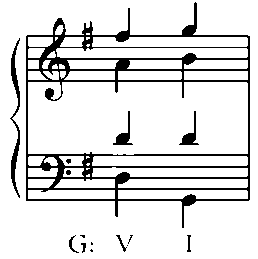
If the cadence doesn’t meet all those criteria, it’s considered to be an IAC (Imperfect Authentic Cadence.)
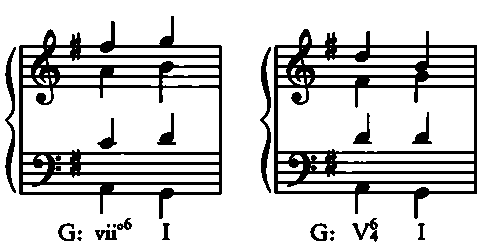
A plagal cadence (PC) consists of a subdominant function chord (IV or II) moving to tonic. To be considered a Perfect Plagal Cadence, a cadence must meet all the following criteria:
- It must use a IV chord (not a II.) ✅
- Both chords must be in root position.✅
- The soprano must end on the tonic.✅
- The soprano must keep the common tone.✅
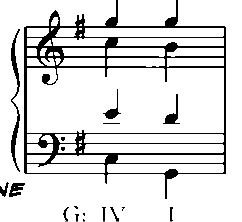
If the cadence doesn’t meet all those criteria, it’s considered to be an imperfect plagal cadence.
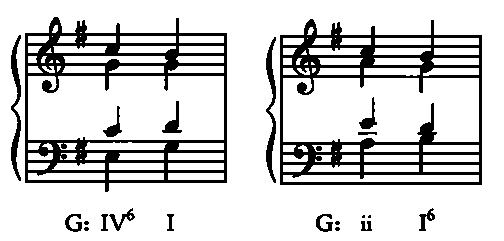
A half cadence is any cadence that ends on the dominant chord (V)
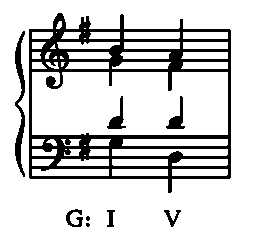
A specific type of half cadence is the Phrygian cadence, which must meet the following criteria:
- It occurs ONLY in minor. ✅
- It uses IV chord moving to V.✅
- The soprano and bass move by step in contrary motion. ✅
- The soprano and bass both end on scale degree 5. ✅

A deceptive cadence is a cadence where the dominant chord (V) resolves to something other than tonic, almost always the submediant chord (VI.) This type of cadence is more common to see in the middle of the phrase rather than at the end.

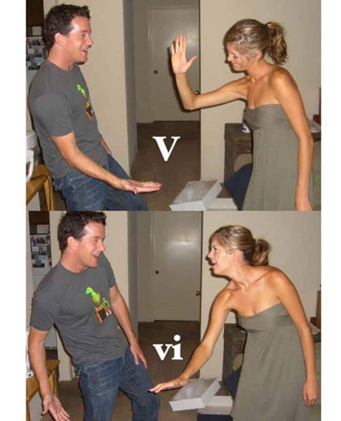
Browse Study Guides By Unit
🎵Unit 1 – Music Fundamentals I (Pitch, Major Scales and Key Signatures, Rhythm, Meter, and Expressive Elements)
🎶Unit 2 – Music Fundamentals II (Minor Scales and Key Signatures, Melody, Timbre, and Texture)
🎻Unit 3 – Music Fundamentals III (Triads and Seventh Chords)
🎹Unit 4 – Harmony and Voice Leading I (Chord Function, Cadence, and Phrase)
🎸Unit 5: Harmony and Voice Leading II: Chord Progressions and Predominant Function
🎤Unit 7 – Harmony and Voice Leading IV (Secondary Function)
📝Exam Skills
📆Big Reviews: Finals & Exam Prep

Fiveable
Resources
© 2023 Fiveable Inc. All rights reserved.